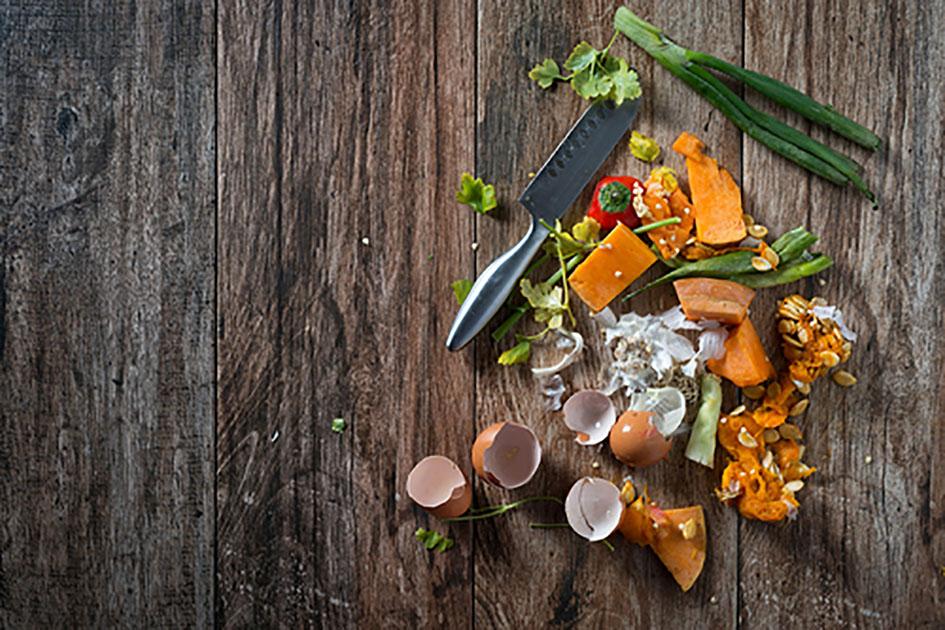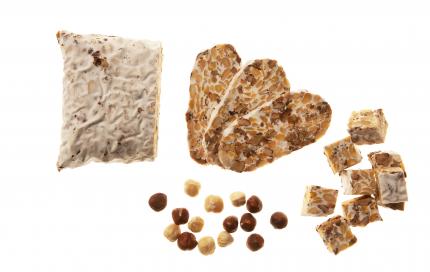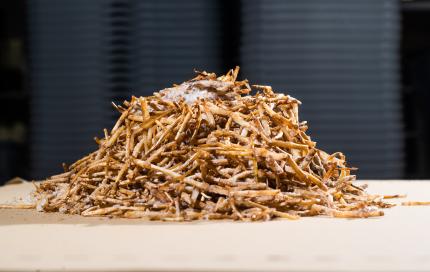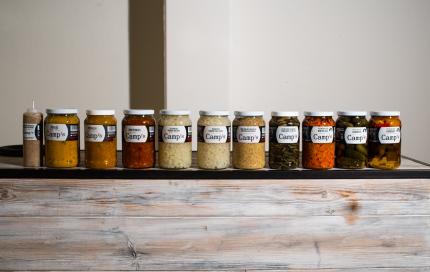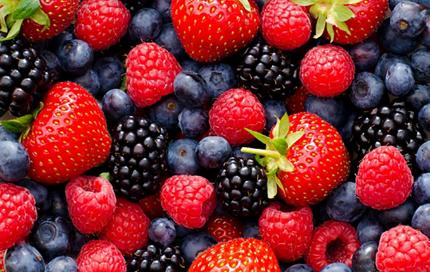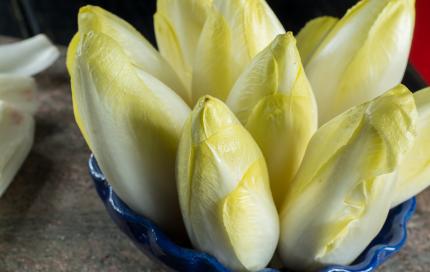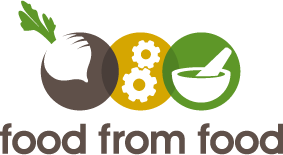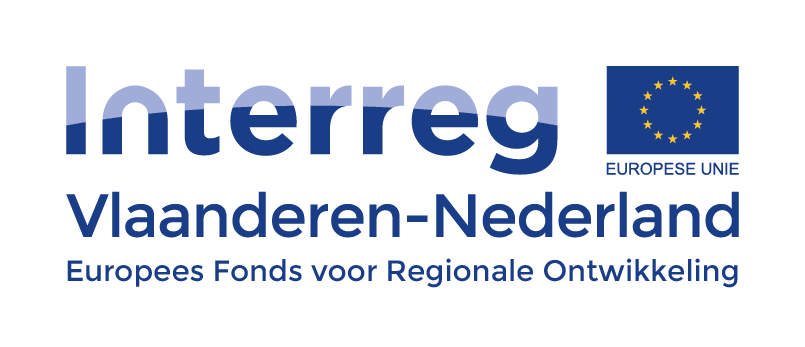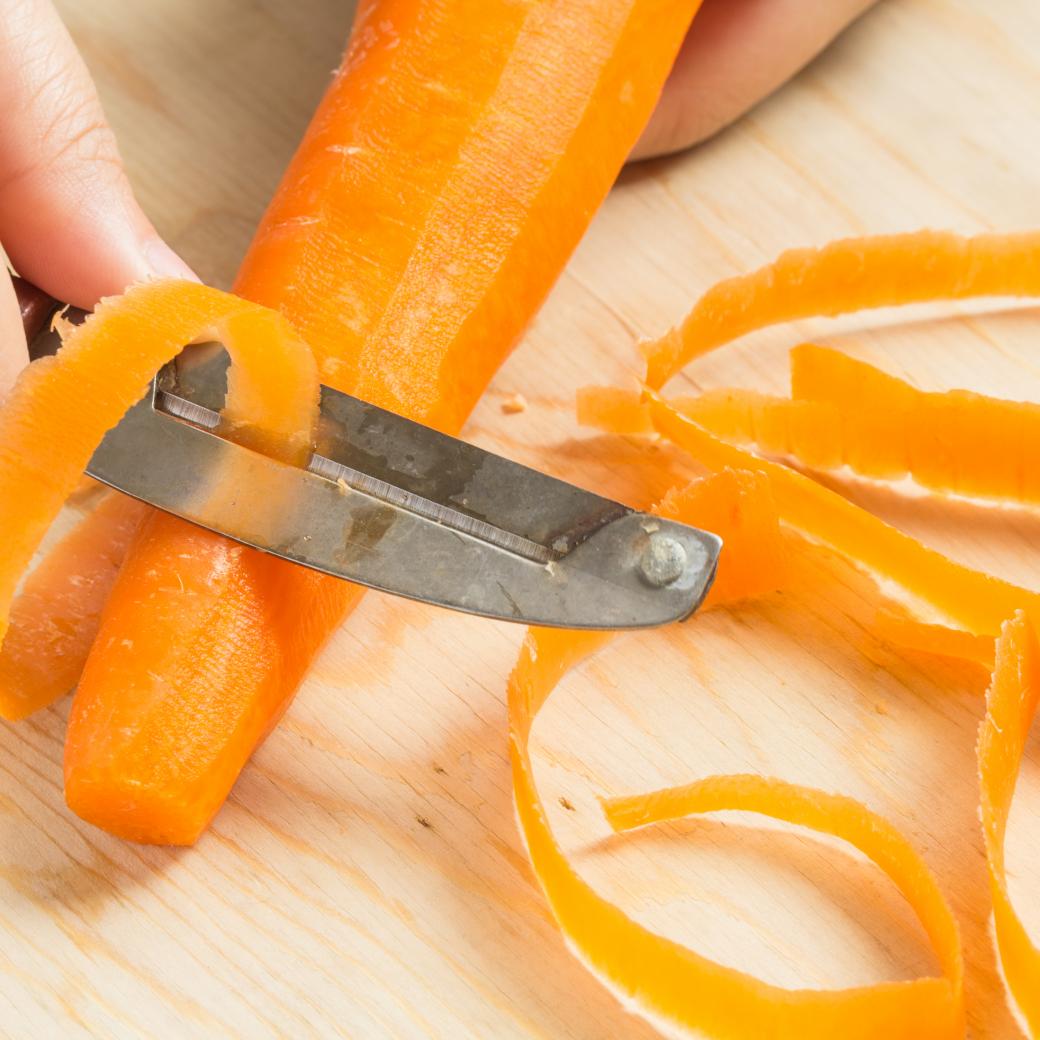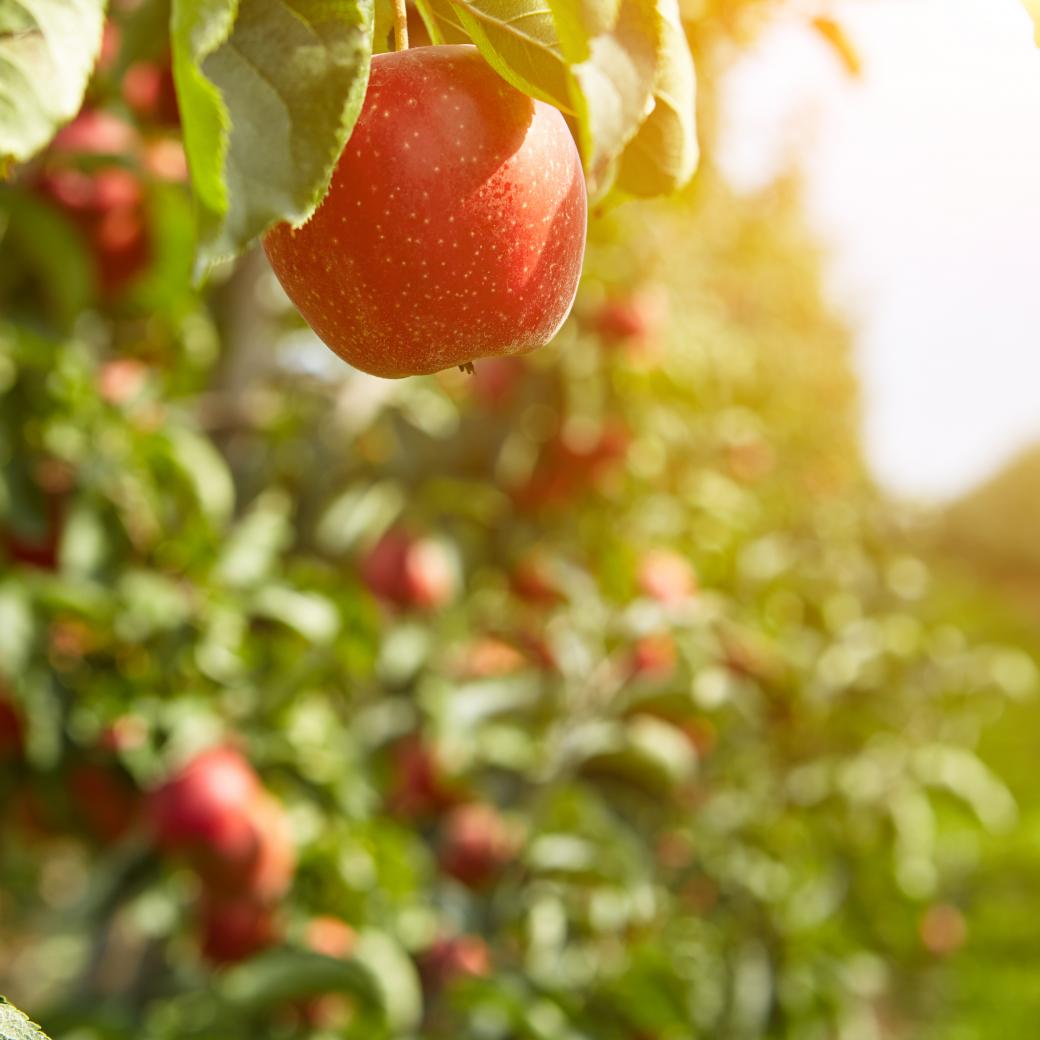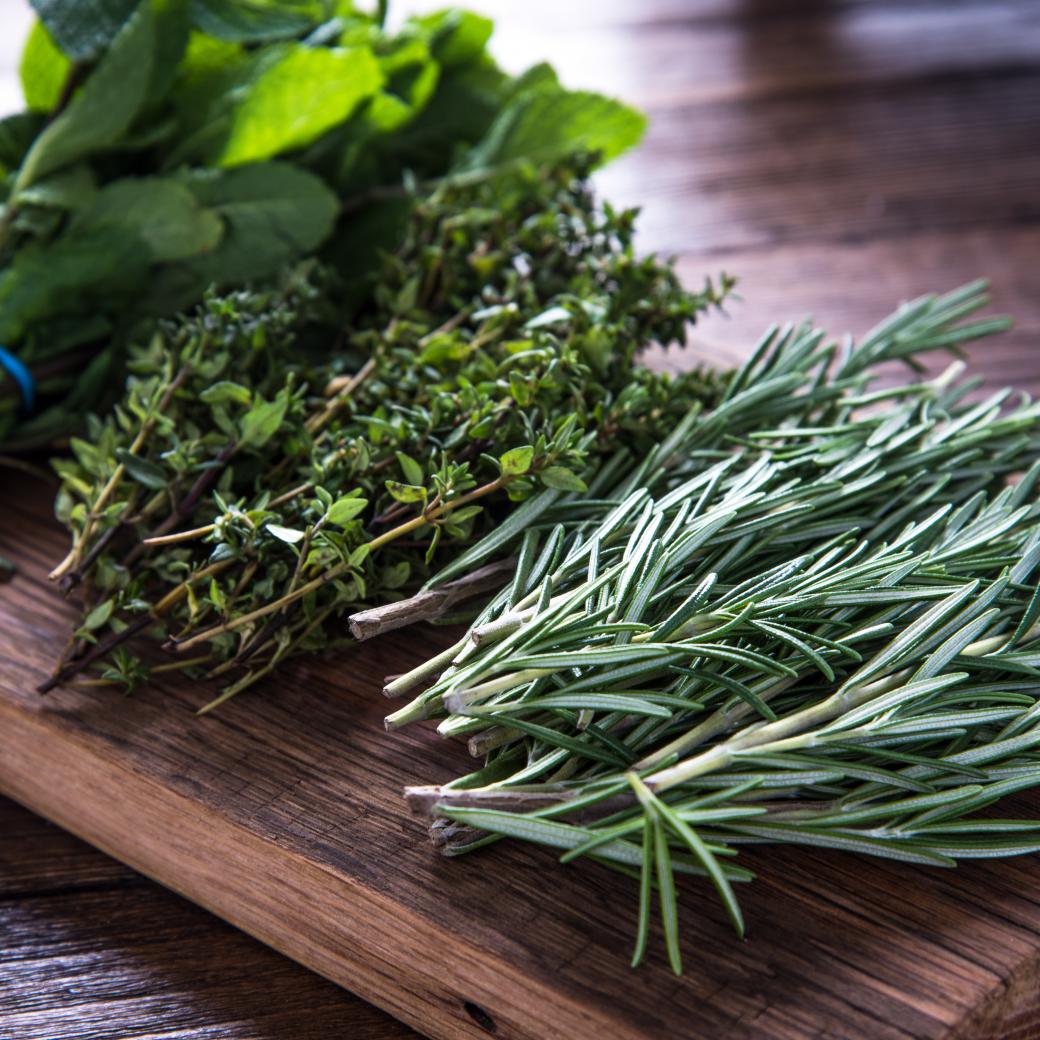Food from Food
Supporting innovations in the agro-food industry in the field of high-quality use of vegetable by-products into food.
Why this project?
It is a challenge for many agrifood companies to gain marketable food products or ingredients - such as fibres, vitamins and proteins - from plant-based by-products. It all starts with knowledge about available by-products, the construction of a logistical chain, new processes, and the development of value chains.
The Food from Food project stimulates was set up to support and inspire food companies, and thus to speed up innovation in the agrifood industry for high-quality food applications of plant-based by-products. Food from Food joined forces with a dozen or so parties in the Belgian border region to accelerate innovations in this field. This was done by increasing market access, sharing technological facilities, and exchanging knowledge and experience.
Project approach and results
Food Heroes was an interregional research and development project (Interreg Flanders-Netherlands) that mapped out suppliers and buyers of by-products and testing facilities in a digital platform, combined with matchmaking activities. Entrepreneurs were inspired with a trend analysis, after which they could start up their own development project.
The trend towards more plant-based products turned out to be more successful than anticipated, even though vegetable by-products are generally not a good source of protein, except for by-products such as beer marc or the press cake of nuts from oil pressing. The products developed by the participants have a good texture and a delicious taste, with respect for the original raw materials. Take Gastronello's chicory croquette, with its distinct chicory flavour. And Botanic Bites and Beanlife use the tempeh fermentation process to create a nutritionally complete protein product.
As by-products are often rich in dietary fibre, the trend of ‘healthy convenience' was also quite popular. Also explained in the trend report, there is an opportunity for more balanced products on the market by increasing the dietary fibre content of existing products. Just 16 percent of the Belgian population would meet his or her age-specific standard for dietary fibre intake (about 25 grams of fibre per day). Besides its health-promoting properties, this dietary fibre can also be used for technological purposes: as a bulking agent, fat substitute, emulsifier, or stabiliser. Thus, there is certainly market potential for Oatelli's products, pastas enriched with oat bran. VanRijsingen has started processing root residual flows into, among other things, root fibres. These colourless fibres can be added as an ingredient to many products, for example for water binding. Chicory farmer Versalof is investigating the possibilities of chicory fibres and the circular 'peel farmer' PeelPioniers processes orange peels into citrus fibres, among other things. Family business Kervo processes apple peels in pastries and Fi&S and Groentenhof are looking into whether fermented green leeks could be an interesting new ingredient. We conclude the list of examples with Ingrizo. This supplier of natural ingredients is investigating the possibilities of unsold yellow bananas. These are just a few examples of the innovative ideas and products from the companies, visit the Food from Food website to discover more.
Project partners
Flanders’ FOOD coordinates the project in Flanders together with partners ILVO, Groentenhof, Innovatiesteunpunt Boerenbond, Food Tech Brainport, Van Rijsingen Groep, Bodec BV, Fi&S, Brightlabs.nl, HAS University and Brainport Development.
